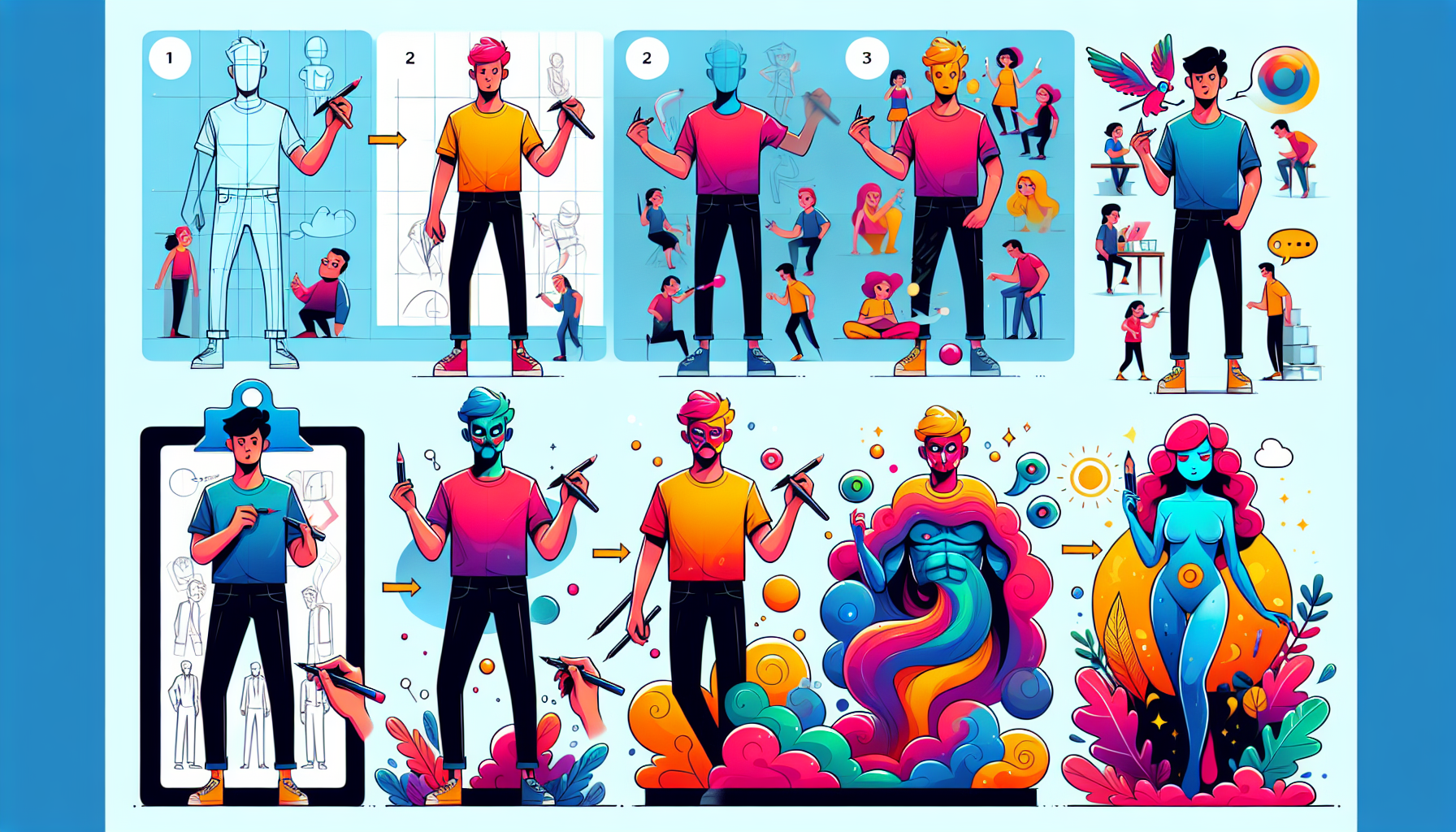- Home
- Screenwriting
- Crafting Unforgettable Characters: Tips for Unique Animation Personality Development

Crafting Unforgettable Characters in Animation
Character development is the backbone of any successful animation. It’s the characters who carry the story forward, endear themselves to the audience, and make the narrative memorable. Crafting unique and unforgettable characters, therefore, is essential in creating animation that resonates and stands the test of time. Here are several key tips for animators and creators looking to breathe life into their characters, making them truly unforgettable.
1. Understand Your Character’s Purpose
Before diving into design and personality traits, it’s crucial to understand your character’s role within the story. Are they the hero, the antagonist, or a supporting character? Their purpose will influence their design, personality, and development throughout your animation. Knowing the why behind your character can help you make informed decisions about their behavior, appearance, and evolution.
2. Give Them Distinct Physical Features
Physical uniqueness helps characters stand out, not just in their world but also in the memories of your audience. Distinctive features can include unusual hair colors, distinctive clothing styles, or even exaggerated facial features. These can reflect aspects of their personality or backstory. The key is balance — making characters unique without making them feel out of place in their world.
3. Delve Deep into Backstories
A character’s backstory is the foundation of their personality. It explains why they behave the way they do, what they fear, what they love, and what drives them. A rich backstory adds depth and relatability, making characters feel real and multidimensional. Even if the audience doesn’t see every aspect of a character’s past, knowing it yourself as a creator influences how they interact with their world and others within it.
4. Exaggerate Personality Traits
In animation, exaggeration is key to highlighting character traits. Whether it’s the hero’s bravery or the villain’s cunning, amplifying these aspects can make for memorable performances. However, it’s important to balance these traits with vulnerabilities or flaws to keep characters relatable and believable, avoiding caricatures unless that’s your explicit intent.
5. Let Them Grow
Character development doesn’t stop when their design is finalized or when they are introduced into the story. Allowing your characters to grow and change in response to their experiences makes for compelling storytelling. This evolution can endear characters to the audience as they witness and relate to the character’s journey, struggles, and successes.
6. Employ Body Language and Movement
Animation provides a unique opportunity to use visual cues to express character personality. How a character moves, stands, and reacts non-verbally can say a lot about them. Deliberate choices in animation – from posture to pacing – can convey nuances of character that words cannot. This physical embodiment of their personality traits can make characters feel alive and engaging.
7. Voice Matters
Lastly, the choice of voice for your character is paramount. A voice can convey a character’s age, background, and attitude, enhancing their personality. It can evoke empathy, humor, fear, or admiration from the audience. Carefully selecting or crafting the right voice for your characters is crucial in making them unforgettable.
Crafting unforgettable characters in animation requires a deep understanding of their role in the story, a creative approach to their design and personality, and a commitment to their development throughout the narrative. By paying close attention to their backstory, physical appearance, personality traits, and how these elements are expressed through movement and voice, you can create characters that resonate with audiences and endure in their memories long after the story ends.






